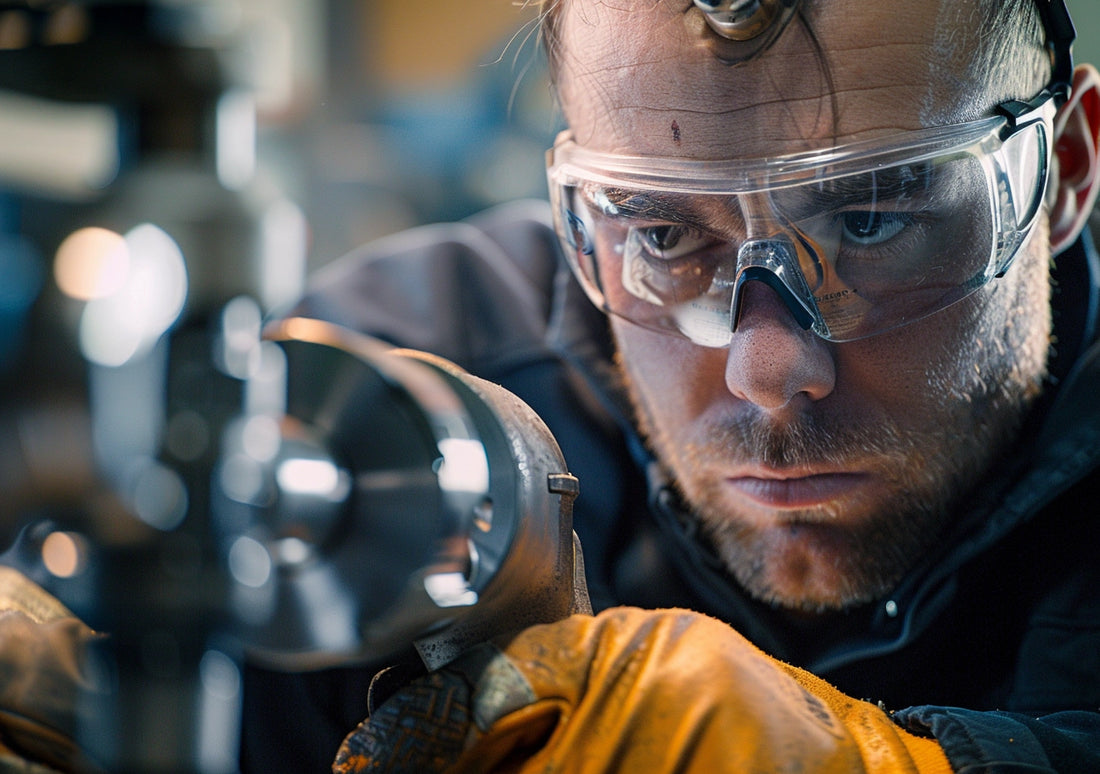
Navigating Safety: Common Hazards of Carbide Burr Bits and How to Avoid Them Introduction:
Share
Introduction:
While carbide burr bits are indispensable tools in machining and fabrication, they also pose potential safety hazards if not used properly. Understanding these hazards and implementing appropriate safety measures is essential for protecting yourself and others in the workshop. In this guide, we'll explore common safety hazards associated with carbide burr bits and provide practical tips on how to avoid them, ensuring a safe and productive working environment.
Identifying Common Safety Hazards:
- Flying Debris: During machining operations, carbide burr bits can generate flying debris, including metal chips, dust, and particles, which pose a risk of eye injury if proper eye protection is not worn.
- Sharp Edges: Carbide burr bits feature razor-sharp cutting edges that can cause lacerations or puncture wounds if mishandled or accidentally touched during tool changes or adjustments.
- Rotational Hazards: The high-speed rotation of rotary tools equipped with carbide burr bits poses a risk of entanglement or contact injuries if loose clothing, jewelry, or hair comes into contact with the rotating components.
- Heat Generation: Prolonged or excessive use of carbide burr bits can generate heat, leading to thermal burns or discomfort if proper cooling and ventilation measures are not implemented.
- Tool Breakage: Carbide burr bits are susceptible to breakage if subjected to excessive force, improper usage, or contact with hard surfaces, resulting in flying debris and potential injury to the operator or bystanders.
Tips for Avoiding Safety Hazards:
- Wear Eye Protection: Always wear safety glasses or goggles to protect your eyes from flying debris and particles generated during machining operations with carbide burr bits.
- Handle with Care: Handle carbide burr bits with caution and avoid touching the sharp cutting edges, using appropriate tools and techniques for installation, removal, and adjustment.
- Secure Workpiece: Securely clamp or hold the workpiece in place to prevent movement or displacement during machining operations, reducing the risk of injury from rotational hazards.
- Monitor Tool Temperature: Monitor the temperature of carbide burr bits during use and allow for cooldown periods as needed to prevent overheating and minimize the risk of thermal burns.
- Inspect Tools Regularly: Regularly inspect carbide burr bits for signs of wear, damage, or dulling of cutting edges, and replace worn or damaged tools promptly to prevent tool breakage and associated safety hazards.
Conclusion:
By identifying common safety hazards associated with carbide burr bits and implementing appropriate safety measures, you can create a safe and productive working environment in the workshop. By prioritizing safety and adhering to best practices, you can protect yourself and others from potential injuries while achieving superior results in your machining endeavors.




